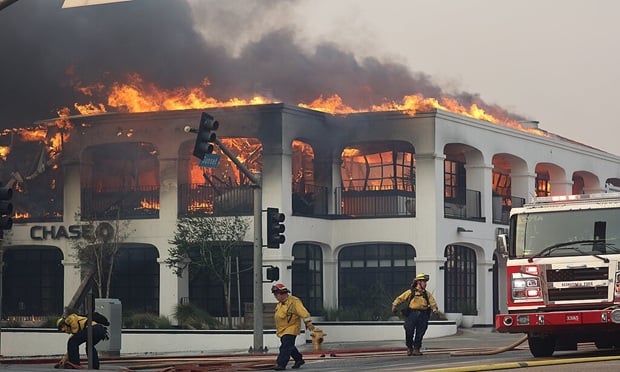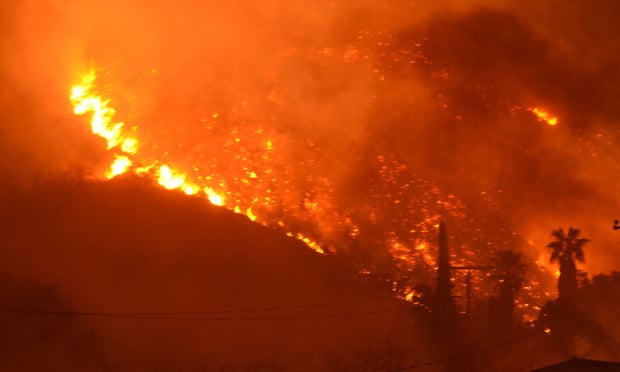 A lot of so-called “minor” damage can sometimes result in a hefty price tag in the aggregate.
A lot of so-called “minor” damage can sometimes result in a hefty price tag in the aggregate.
Superstorm Sandy's mammoth 500-mile span of sustained winds of at least 40 mph caused a good deal of low-severity direct wind damage, says Karen Clark & Co. (KCC)—enough for the firm to estimate insured wind losses due to Sandy at around $12 billion.
“The sheer number of claims adds up,” Karen Clark tells NU. “These claims have complexities, even though they're small.”
The insured wind-loss estimate from the catastrophe risk, modeling and management company headed by Clark—creator of the insurance industry's first probabilistic catastrophe model—would put Sandy among the Top 5 costliest hurricanes in U.S. history. The $12 billion figure doesn't count other insured losses, such as Business Interruption, which the firm is currently assessing.
A survey completed by KCC of the areas most affected by Sandy—namely, New Jersey and New York—reveals that most destruction directly caused by wind occurred along the coast, where wind speeds exceeded 60 mph.
Clark's field observers concluded that about 25 percent of homes along portions of the New Jersey coast suffered at least minor roof damage, and a “significant percentage” had enough roof damage to warrant a complete roof replacement.
“That's another wild card,” Clark says when asked about roof repairs. “Do you repair part of the roof, or do you replace the roof? It'll be done on a case-by-case basis.”
Shingles, vinyl and aluminum siding were also damaged to varying degrees, the report outlines.
In some cases, determining wind damage from storm-surge damage could be tricky, says Clark. While the difference is obvious on some homes, the cause of damage to others is more questionable: The determination comes into play because the peril of storm surge is not covered by a standard Homeowners' insurance policy.
Damages associated with downed trees were widespread on the coast and further inland. Trees fell on homes and other structures such as sheds and fences.
Clark says the storm was “representative of a 1-in-100-year type of event,” reflecting her firm's use of “characteristic events” to understand risk. Her company's RiskInsight product comes with 100-, 250- and 500-year characteristic events (CEs) for U.S. hurricanes that can be floated every 10 miles along the coast from Texas to the Northeast and superimposed on a company's book of business.
Running a 100-year CE—a Category 1 hurricane with winds of 90 mph—on an area close to where Sandy made landfall came up with about the same amount of insured losses for wind that Sandy delivered, Clark says. The CE was more intense but not as large as Sandy was.
Want to continue reading?
Become a Free PropertyCasualty360 Digital Reader
Your access to unlimited PropertyCasualty360 content isn’t changing.
Once you are an ALM digital member, you’ll receive:
- Breaking insurance news and analysis, on-site and via our newsletters and custom alerts
- Weekly Insurance Speak podcast featuring exclusive interviews with industry leaders
- Educational webcasts, white papers, and ebooks from industry thought leaders
- Critical converage of the employee benefits and financial advisory markets on our other ALM sites, BenefitsPRO and ThinkAdvisor
Already have an account? Sign In Now
© 2025 ALM Global, LLC, All Rights Reserved. Request academic re-use from www.copyright.com. All other uses, submit a request to [email protected]. For more information visit Asset & Logo Licensing.








